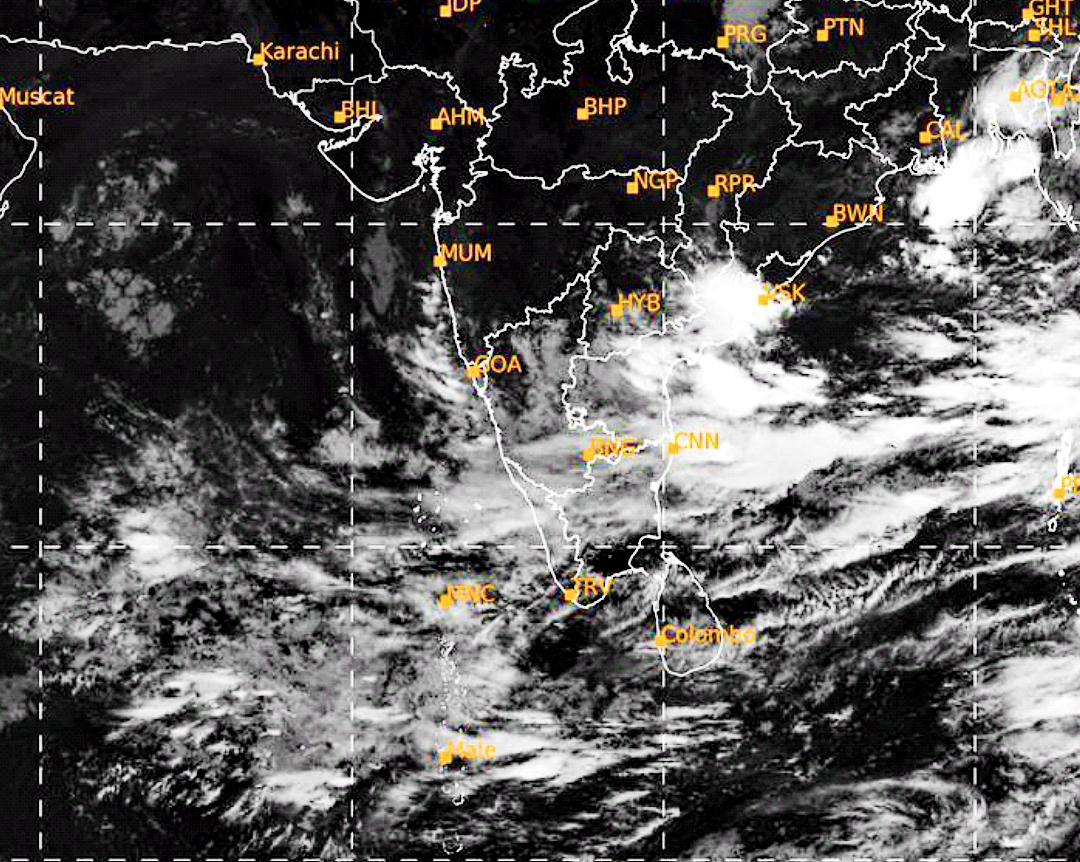By TWC India Edit Team
As India gears up for the auspicious festival of Diwali to celebrate the victory of light over darkness, dark clouds, heavy rains and stormy conditions look set to approach the eastern parts of the country this weekend, with a cyclone’s birth in the Bay of Bengal imminent.
According to the India Meteorological Department’s (IMD) latest update, a persistent cyclonic circulation over north Andaman Sea and neighbourhood will influence the formation of a low-pressure area over southeast and adjoining east-central Bay of Bengal during the next 24 hours.
Thereafter, this low-pressure is expected to move west-northwestwards and concentrate into a depression over central BoB by the morning of Saturday, October 22. And then, in the subsequent 48 hours, the system is “very likely” to intensify into a Cyclonic Storm over west-central BoB.
Once the system strengthens into a cyclone, it will be named Cyclone Sitrang — a name suggested by Thailand — in accordance with the World Meteorological Department’s (WMO) guidelines for naming tropical cyclones.
As for its landfall location, the forecasting models are yet to agree on the point where the cyclone will move from sea to land. The ECMWF model has suggested that the landfall could occur between the coasts of Digha (West Bengal) and Pather Ghat (Bangladesh) by October 25, while IMD GFS has indicated that it will occur over Odisha around October 28.
Exact details on how the system will move within the Bay, what peak intensity it will reach, and how its presence will impact the weather across East India are yet to be fully determined. However, the entire picture should get clearer as we edge closer to cyclogenesis and the pre-Diwali weekend
